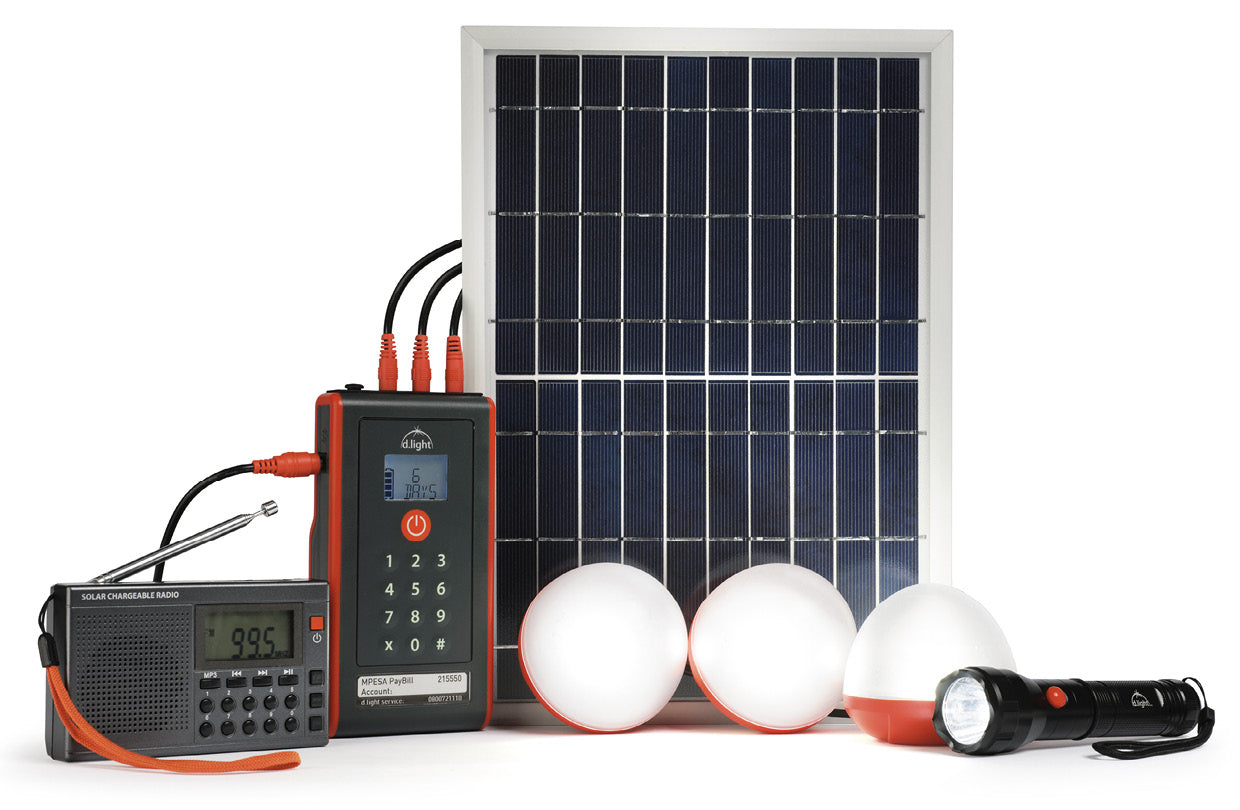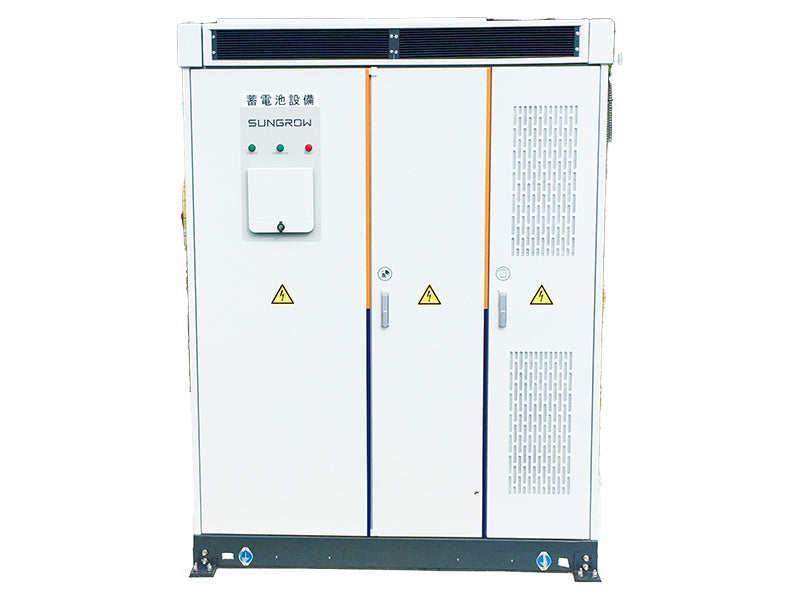https://www.pv-magazine-india.com/2022/07/30/the-long-read-putting-solar-capital-to-work/
The long read: Putting solar capital to work

Kenyan startup d.light, which offers solar lighting systems for upfront purchase, has been one of KawiSafi’s investment success stories.
Image: Image: d.light
From pv magazine 07/2022
Solar and energy storage companies have long tapped venture capital (VC) as they develop market-ready products, and then roll them out to consumers. However, the history of VC engagement with solar and storage has not been a straight success. The list of VC-backed solar failures is a long one, with aspirant thin film manufacturers particularly prominent. Mentioning the name of tubular CIGS producer Solyndra is sufficient for investors to adopt a cautious mindset.
The first cleantech bubble is generally considered to have inflated over the late 2000s. According to the National Venture Capital Association, in 2006 VC investment in cleantech was $1.75 billion, swelling to $4.1 billion by 2008. While these investments were made across a range of technologies, the solar failures were some of the highest profile – burning bright before being extinguished by cheaper crystalline silicon rivals in Asia, leaving little residual value.
Despite this less than illustrious history, the ability to leapfrog to cleaner, cheaper energy products; innovative business models like pay-as-you-go (PayGo) leveraging impact investment flows; and the chance to light up lives and expand economic development through renewables is attracting VC investment to Africa. And the vision espoused by Amar Inamdar, the managing director of Kenya-based VC KawiSafi Ventures is compelling and framed by the lessons of the cleantech bubble 1.0.
Emerging markets
“What you are seeing in the emerging markets energy space with venture backing is nothing near the quantum of capital that we poured into cleantech back in the 2010s,” says Inamdar. “There is nowhere near the astronomical valuations that you saw at that time, nowhere near the multitude of companies coming up with extraordinary business models that are crazy and half-baked, and there is nowhere near the level of capital that is flooding into the system.”
By contrast, Inamdar says that emerging markets remain “strapped for cash” and that KawiSafi Ventures is rarely competing with other funds when looking to back an emerging cleantech start of scale-up on the continent.
“A lot of the learning that has happened over the last decade or so has been thought provoking around execution risk and really fundamentally understanding how to take technology and assess whether the customer wants it, can afford it, and how that will work in practice,” he says.
KawiSafi Ventures is based in Nairobi, Kenya, a city which has become somewhat of a hub for solar companies in East Africa. KawiSafi has access to $67 million to invest in early-stage companies looking to provide clean, affordable, and efficient energy to East Africa – in line with the UN’s Sustainable Development Goal 7 (SDG 7), described as the realization of universal energy access.
KawiSafi is managed by impact investors Acumen Capital Partners, which had invested more than $20 million in off-grid energy ventures, before creating the specialized fund under Inamdar’s leadership. Its headline goal is to expand energy access to 10 million people in East Africa while averting 1 million tons of CO2 emissions. And on both goals, good progress has been made.
Success stories
“The success that we’re most proud of is that we are up to almost 10 times on the people side – we are at around 95 million people that we have impacted through the portfolio,” says Inamdar. “This is by virtue of the hard work that our companies do in terms of getting product out to people on the ground. Those companies have averted 24 million tons of CO2.”
In terms of success stories, PayGo provider Bboxx is notable, alongside solar lantern manufacturer d.light. However, Inamdar has a more expansive notion of success than individual winners. Funded companies are backed across different market segments and parts of the energy system. Working partly in competition and in concert, the portfolio itself can make the most meaningful impact to the largest number of people, Inamdar argues.
“We set out to invest in an ecosystem and build a system,” he says. “Energy is a system and not just a single transaction. The idea that we have is to work with our partners and to work with the community and identify a series of investments that we’re going to make to really promote the ecosystem.”
While some business models, such as PayGo, have seen prominent failures, such as Mobisol which filed for insolvency in 2019, and drawn some criticism for burdening low-income African households with unmanageable debt, Inamdar says that KawiSafi’s portfolio approach demonstrates how a range of products and services will be provided. PayGo alone, he argues, is not the right solution for every household, and instead many first opt for an up-front purchase of a d.light solar lamp.
KawiSafi is an investor in Lendable, which is a financial services provider for frontier markets and itself is a part of the solution to some of the challenges facing PayGo solar providers in Africa. “Plenty of work that we do is looking at default rates and credit worthiness and to try and understand credit systems,” says Inamdar. Lendable uses AI and crunches data to really manage and understand consumer credit and risk in these very uncertain and critical markets.
“One thing is that every credit backed system will have its defaults and we have to understand that,” he continues. “It is incumbent on anyone offering credit to really get behind the numbers and protect the consumers.”
This content is protected by copyright and may not be reused. If you want to cooperate with us and would like to reuse some of our content, please contact: editors@pv-magazine.com.




